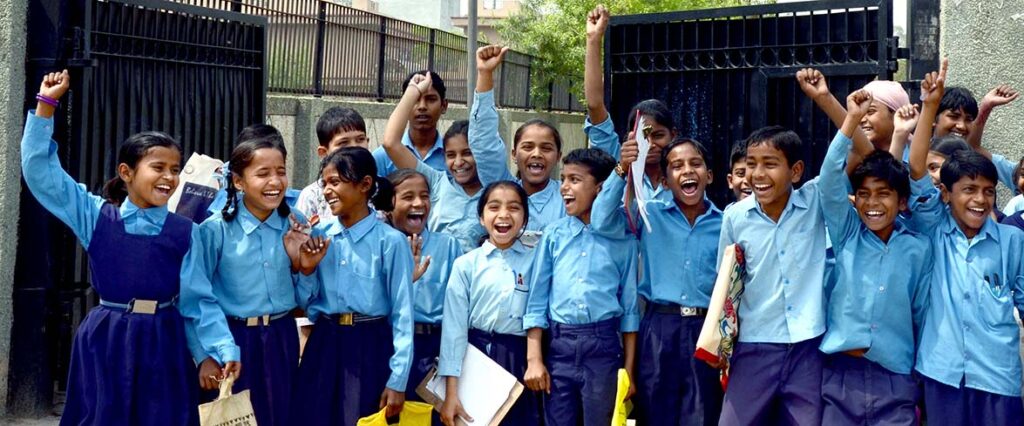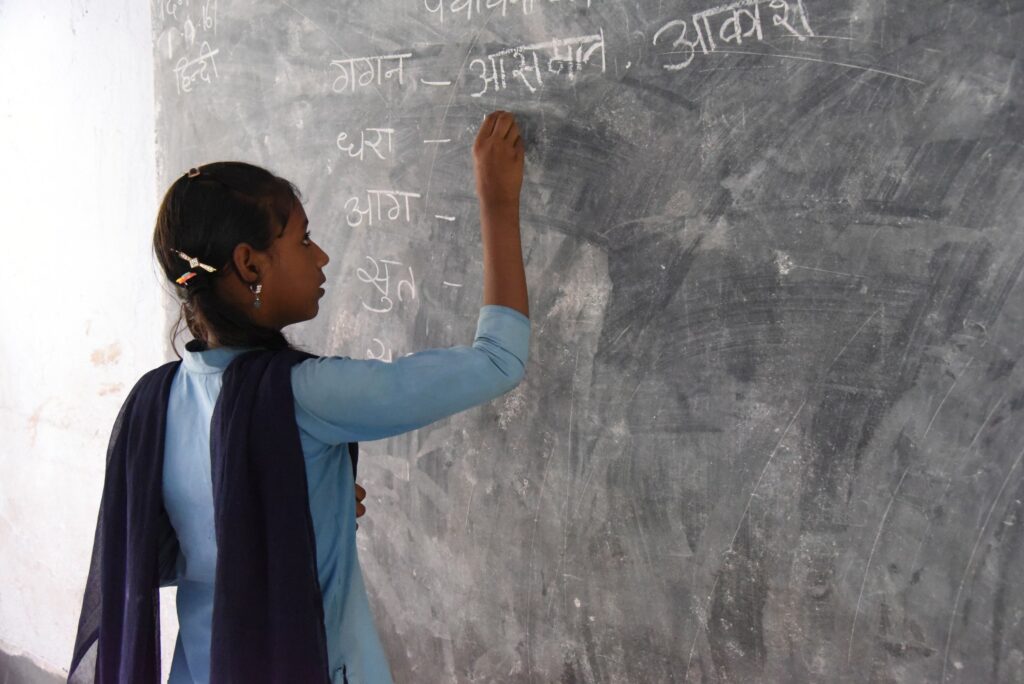
National Education Day: The Need for Comprehensive Education in Child Welfare
What is National Education Day?National Education Day is an annual observance in India, commemorating the birth anniversary of Maulana Abul K....
Read MoreIn many parts of the world, especially in developing countries like India, girls still face significant challenges when it comes to accessing education. Along with economic constraints, social barriers play an equally critical role in keeping girls out of school. These barriers are deeply rooted in traditional mindsets, cultural beliefs, and systemic inequalities that prevent girls from achieving their full potential.
In this blog, we will discuss different social barriers that hamper girls' education, the societal context in which these barriers exist, and how we can work together to overcome them.

Social barriers refer to cultural, behavioural, and societal norms restricting individuals from accessing opportunities. In the context of girls' education, these barriers often stem from age-old gender roles, safety issues, and stigmas that prioritize boys over girls. They manifest in both obvious and subtle ways — from families discouraging higher education for daughters to communities that normalize early marriage.
One of the most entrenched social barriers faced by girls is gender-based discrimination. In many households, boys are seen as future breadwinners, while girls are expected to focus on domestic responsibilities. This patriarchal mindset results in unequal access to education, fewer opportunities, and limited personal agency for girls.
Child marriage is a widespread issue in India and is one of the most severe types of social barriers preventing girls from continuing their education. Once married, girls are often expected to focus on family life, and returning to school becomes impossible due to societal expectations and household responsibilities.
Many parents are hesitant to send their daughters to school due to fears of harassment or abuse during the commute or within the school premises. This is especially true in rural areas where schools may be located far from home. The lack of safe transportation and secure school environments acts as a powerful deterrent.
The absence of girl-friendly sanitation facilities — particularly clean and private toilets — is a critical yet overlooked social barrier. This becomes especially important during menstruation when many girls choose to stay home or drop out altogether due to discomfort, shame, or lack of facilities.
In financially constrained households, parents often prioritize sons’ education over daughters. This biased allocation of resources is rooted in the belief that educating boys yields better financial returns for the family, while girls will eventually marry and leave.
Also Read: Gender Inequality in india
Economic hardship often forces families to make difficult choices. Girls are typically expected to support the household by cooking, cleaning, or even working to contribute to the family income. These domestic responsibilities leave little to no time for school.
Parents who themselves are uneducated may not fully understand the long-term value of education for their daughters. They may see education as unnecessary or irrelevant for girls, reinforcing social barriers through generational cycles.
In many communities, there is a persistent belief that a girl’s ultimate role is to become a wife and mother. This mindset shapes parental and community attitudes, discouraging investment in girls’ education and limiting their aspirations.
Also Read: Causes of Child Marriage
The constant exposure to gender bias, lack of support, and societal judgment takes a toll on a girl’s mental and emotional well-being. It can erode self-esteem, reduce motivation, and lead to early dropouts. The internalization of these negative messages is one of the most damaging aspects of social barriers faced by girls.
Also Read: Education System in Rural Areas
Change begins at home and within communities. Families must be made aware of the long-term benefits of educating girls. Community leaders, teachers, and influencers can play a key role in shifting attitudes. Celebrating local role models and success stories of educated girls can help challenge long-standing stereotypes.
Also Read: Equity in Education
Government schemes like Beti Bachao, Beti Padhao, mid-day meals, and free uniforms have aimed to improve girls’ school enrollment. However, consistent monitoring, gender-sensitive infrastructure, and local-level implementation are critical to overcoming types of social barriers in education. Policies must also address child marriage, safety, and menstrual hygiene to create holistic support systems.
Also Read: What is CSR?
At CRY – Child Rights and You, we are committed to ensuring that every girl can learn, grow, and lead a life of dignity. Through our Poori Padhai, Desh Ki Bhalai campaign and on-ground programs, we actively work to:
With the help of dedicated volunteers, local partners, and supporters, CRY has enabled thousands of girls to stay in school and break free from the social barriers that once held them back.
Also Read: Difference Between Education and Literacy
The types of social barriers that prevent girls from getting an education are complex, deep-rooted, and multifaceted. With collective effort — from families, communities, governments, and organisations — these barriers can be dismantled. Every girl deserves the right to learn, and when we invest in her education, we’re not just changing her future — we’re changing the future of the entire nation. Support girl child education with CRY!